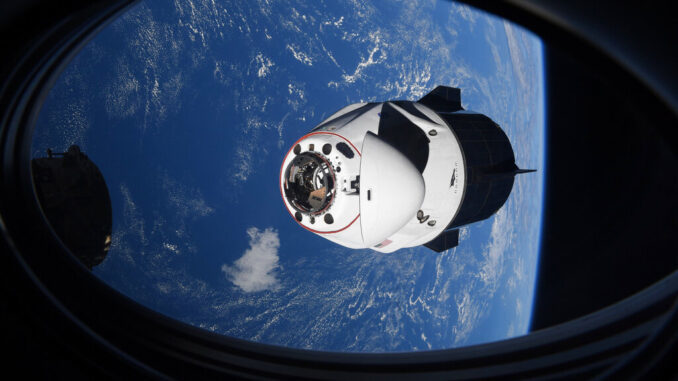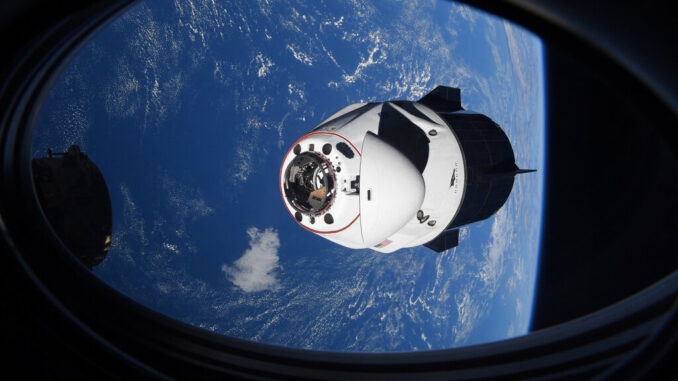

CAPE CANAVERAL, Fla. — The International Space Station remains at increased risk from orbiting debris following this week’s Russian weapons test, NASA said Thursday.
On Monday, Russia launched a missile to destroy a satellite orbiting just above the space station.
White House spokesperson Andrew Bates said that Russia’s action demonstrated its “complete disregard for the security, safety, stability and long-term sustainability of the space domain for all nations. This debris will continue to pose a direct threat to activities in outer space for years to come and puts at risk satellites all nations rely on for national security, economic prosperity and scientific discovery.” He said the United States would work with its allies “as we seek to respond to this irresponsible act.”
Russia’s Defense Ministry confirmed carrying out a test and destroying a defunct satellite that has been in orbit since 1982, but insisted that “the U.S. knows for certain that the resulting fragments, in terms of test time and orbital parameters, did not and will not pose a threat to orbital stations, spacecraft and space activities.” It called remarks by U.S. officials “hypocritical.”
Defense Minister Sergei Shoigu said the strike was carried out “with surgical precision” and posed no threat to the space station. Foreign Minister Sergey Lavrov also charged that it is “hypocrisy” to say that Russia creates risks for peaceful activities in space.
The test clearly demonstrates that Russia, “despite its claims of opposing the weaponization of outer space, is willing to … imperil the exploration and use of outer space by all nations through its reckless and irresponsible behavior,” U.S. Secretary of State Antony Blinken said.
NATO Secretary-General Jens Stoltenberg agreed that Russia’s actions endangered the space station.
“This was a reckless act by Russia to actually shoot down and destroy a satellite as part of a test of an anti-satellite weapons system,” which created a lot of space debris, Stoltenberg told reporters in Brussels.
He said it was of additional concern “because it demonstrates that Russia is now developing new weapons systems that can shoot down the satellites, can destroy important space capabilities for basic infrastructure on Earth, like communications, like navigation, or like early warning of missile launches.”
The German Foreign Ministry also said it was “very concerned” by the test, which it said resulted in “additional risks” for the astronauts on the ISS.
“This irresponsible behavior carries a high risk of miscalculations and escalation,” the ministry said, adding that the test underlines the urgency of an international agreement on rules for the peaceful use of space.
The U.S. Space Command is tracking more than 1,500 satellite fragments, but hundreds of thousands of pieces are too small to see. NASA and the State Department have condemned the missile strike, saying it also puts satellites and China’s space station at risk.
NASA said it’s reviewing an upcoming spacewalk and other station operations, to assess the risks before proceeding. The spacewalk to replace a bad antenna is targeted for Nov. 30. The space agency also plans continued inspections for potential damage.
A similar weapons test by China in 2007 also resulted in countless pieces of debris. One of those threatened to come dangerously close to the space station last week. While later the risk it posed was dismissed, NASA had the space station move anyway.
Anti-satellite missile tests by the U.S. in 2008 and India in 2019 were conducted at much lower altitudes, well below the space station, which orbits about 260 miles high.
The space station currently is home to four Americans, two Russians and one German.



